Classes
Our classes are designed to improve your photography and visual journalism skills no matter your skill level. This year, classes will be held online in small, intimate groups. Participants, teachers and guest lecturers will come together virtually in December 2023 to celebrate their photographic stories and learn new skills.
Our teachers are some of the world’s most influential photographers and visual journalists. They offer perspectives gained from long experience working around the world.
Please note that our instructors and presenters are subject to change.
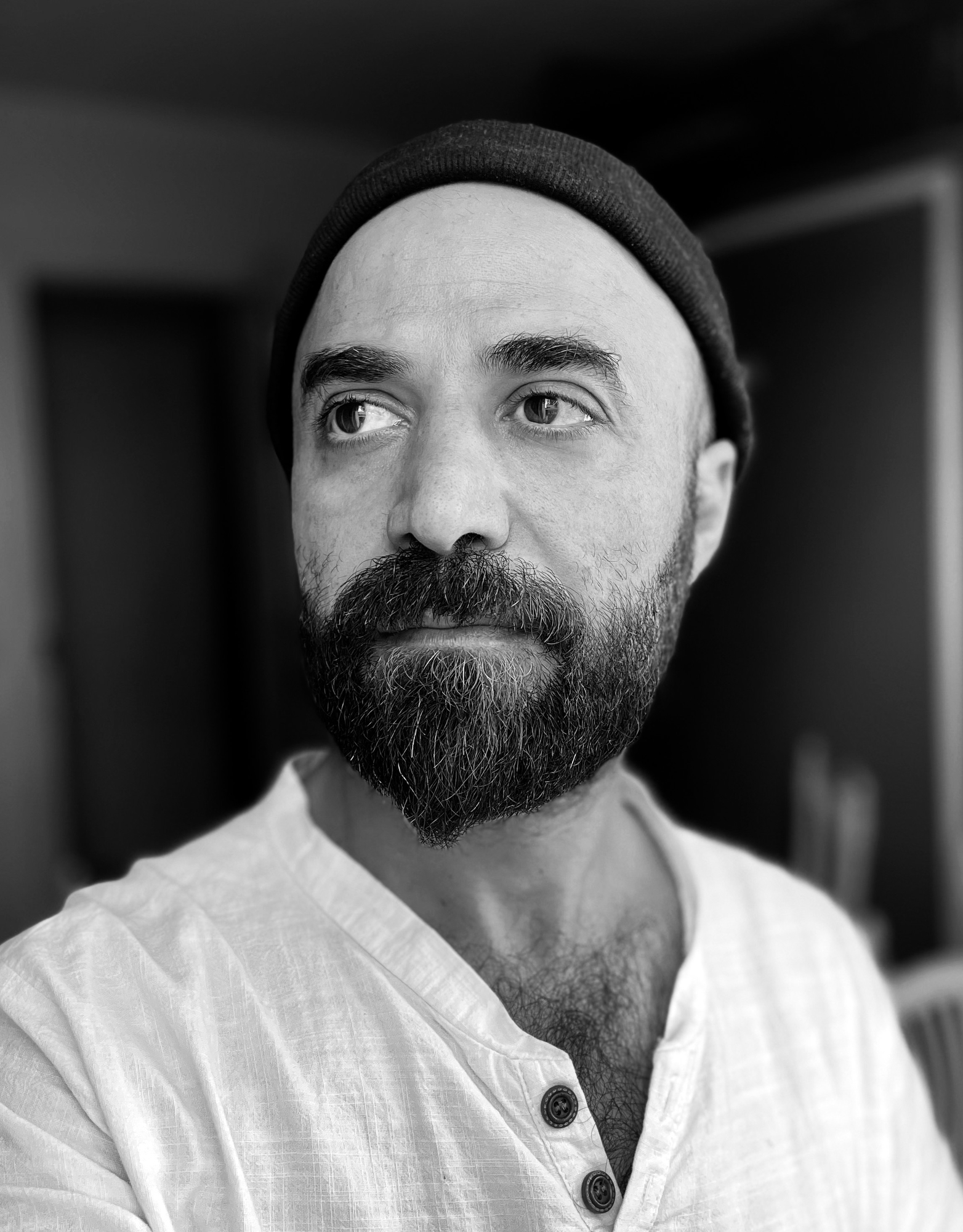
Ali Arkady
[Individual Classes taught in Arabic and Kurdish]
Ali Arkady is an artist, photographer, and filmmaker from Iraq. In 2009, Ali joined Metrography, the first Iraqi photo agency; in 2014, he joined VII Photo Agency as part of the VII Mentor Program. In 2017, Ali had to flee Iraq with his family when his life was threatened after photographing Iraqi armed forces committing war crimes. He sought refuge in Europe, where he was granted asylum and has subsequently built a new life.
His photographs of war crimes in Iraq were published worldwide by international media and put pressure on the Iraqi government to acknowledge the crimes committed by their soldiers. For this work, he won the prestigious Bayeux Prize for War Correspondents in 2017 and the Free Press Unlimited Most Resilient Journalist Award in 2019 for his exceptional courage and persistence. In addition, his work was shown as part of the Venice Biennale 2017.
Ali’s work focused on armed conflict and the daily life of his fellow citizens during the American occupation and the rise of the Islamic State. For over 18 years, he has portrayed the conflicts that Iraq has experienced and the consequences of that conflict with sensitivity and an unflinching eye. His work in Iraq also includes illuminating the Yazidis’ plight, the Islamic State’s violence, and the ensuing displacement of internal populations. He has also worked in Syria, Turkey, Tunisia, and Europe.
He became a teacher in a UNHCR program for several Yazidi girls fleeing Islamic State who wanted to train to be photojournalists. He continues to mentor several of the students seven years later, and, in addition, he teaches young men and women from the Arab-speaking world through programs at the VII Academy.

Michael Robinson Chavez
[Classes taught in Spanish]
Michael Robinson Chávez, a two-time Pulitzer Prize winning photographer for The Washington Post, became seduced by photography after a friend gave him a camera before a trip to Peru in 1988. A native Californian and half Peruvian, he previously worked with the Associated Press, The Boston Globe and The Los Angeles Times and is a graduate of San Francisco State University. Robinson Chávez has covered assignments in over 75 countries including the Russian invasion of Ukraine, the collapse of Venezuela, violence in Mexico, tsunamis in Indonesia and Chile, the Egyptian revolution, gold mining in Peru and the 2006 Hezbollah/Israeli war.
He was part of a team from The Washington Post awarded a 2022 Pulitzer Prize for Public Service for coverage of the January 6th coup attempt on the US Capitol and for Explanatory Journalism in 2019 covering climate change. He is also a three-time winner of the Robert F. Kennedy Award for Photojournalism and was named Photographer of the Year by Pictures of the Year International in 2020. His photographs have been exhibited in France, Australia, Peru, United States, Croatia, Georgia and Spain. He teaches photo workshops through the Leica Akademie.
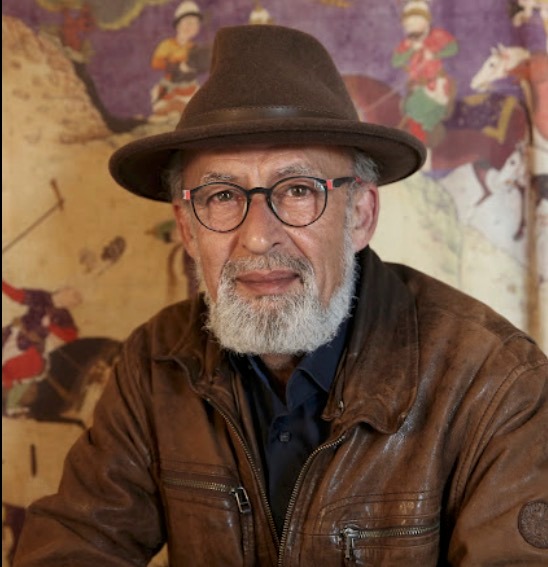
Manoocher Deghati
[Classes taught in Farsi]
Manoocher Deghati has been photographing news, conflicts and social issues around the globe since 1978, starting with the Iranian revolution and subsequent war between Iran and Iraq.
After being exiled from his native country in 1985, he worked for several major agencies (Black Star, Sipa, Keystone, AFP) and important international magazines, such as Time, Life, Newsweek, Paris Match, GEO, and National Geographic Magazine. In addition, he held management positions and photographed for the United Nations on four continents.
In 2002, he founded the AINA Photojournalism Institute in Kabul. After directing the photo operation for The Associated Press in the Middle East for four years, he decided to teach and work as an independent photographer from his home base in Southern Italy.
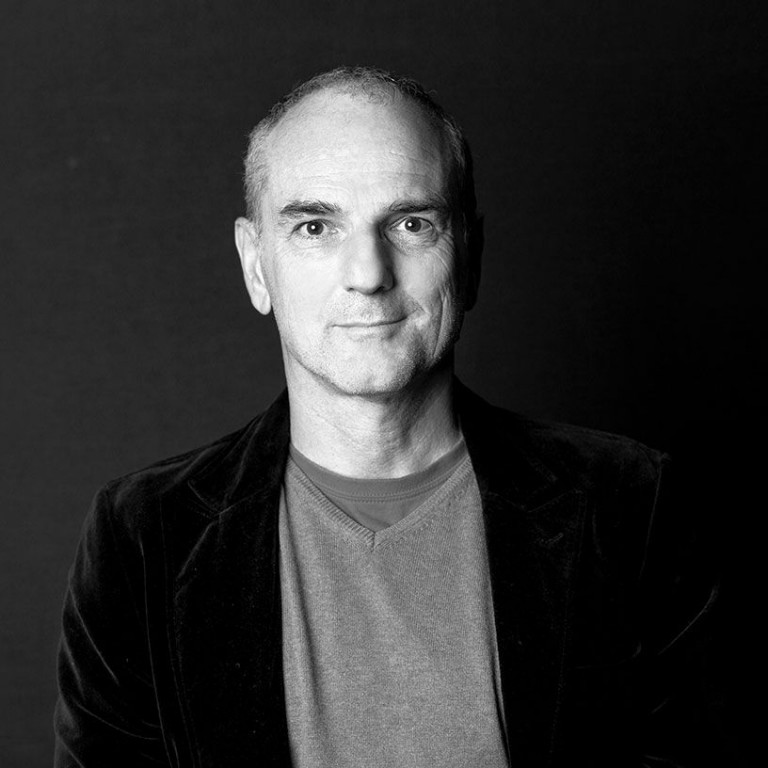
Stefano De Luigi
[Classes taught in French]
Stefano De Luigi began shooting in 1989 after studies at ISF (Instituto Superiore di Fotografia) in Rome. In 2000 he received the Honorable Mention of Leica Oskar Barnack Award. That same year he started Pornoland, a photographic journey on pornographic movie sets around the world. In 2004 Pornoland became a book with 16 pages of text by Martin Amis. Pornoland has been published by Thames & Hudson, Knessebeck, La Martinière and Contrasto. and has been exhibited at REA gallery (Paris 2004), Santa Cecilia gallery (Rome 2005), Lanificio (Naples 2006), Festival Transphotographiques (Lille 2007), and the New York Photo Festival (NY 2011).
He has held personal exhibitions at WHO Headquarters (Geneva 2010), VII Gallery (New York 2010), 10b Gallery (Rome 2010), Museum of Modern Art (Rovereto 2011), Photofestival (Athens 2011/15), Fondazione Stelline (Milan, 2013) FotoIstanbul (2015) , Candiani Cultural Center (Venice 2017) Plenum Gallery (Catania 2018) Museum of Palazzo Ducale (Genes 2019) Image Gibellina 2021, Photolux (Lucca 2022) Planches Contact (Deauville 2022).
From 2003 to 2010, he worked on Blindness, his main work, which lasted 8 years as a photographic project on the life condition of blind and low vision people around the world. Blindness received the patronage of Vision 2020- World Health Organisation and won the W.E. Smith Fellowship Grant in 2007.
In 2006 he began project Cinema Mundi, a World Cinema exploration of the alternative cinematographic scene external to the Hollywood dream factory including China, Russia, Iran, Argentina, Nigeria, South Korea and India. Cinema Mundi has been also transformed into a 7-minute short movie screened at Locarno International Film Festival on August 4th, 2007.
He has been awarded in the World Press Photo contest four times in different categories (1998-2007-2010-2011). In 2009, the Moving Walls of Open Society Foundation exhibited his work in Washington and New York. In 2010 He was the recipient of the Days Japan International Photojournalism Award and the Getty Grant for Editorial Photography, Syngenta Prize 2015, CNC grant for the documentary”Mare Amarum” 2019, Planches Contacts grant 2022.
He has published 5 books: Pornoland (Contrasto 2004), Blanco, (Trolley book 2010) iDyssey, (Edition Bessard 2017) Babel with Michela Battaglia (Postcart 2018), and Pornoland Redux (Self-published 2021). His newest book is Il Bel Paese, which will be presented in ParisPhoto next November.
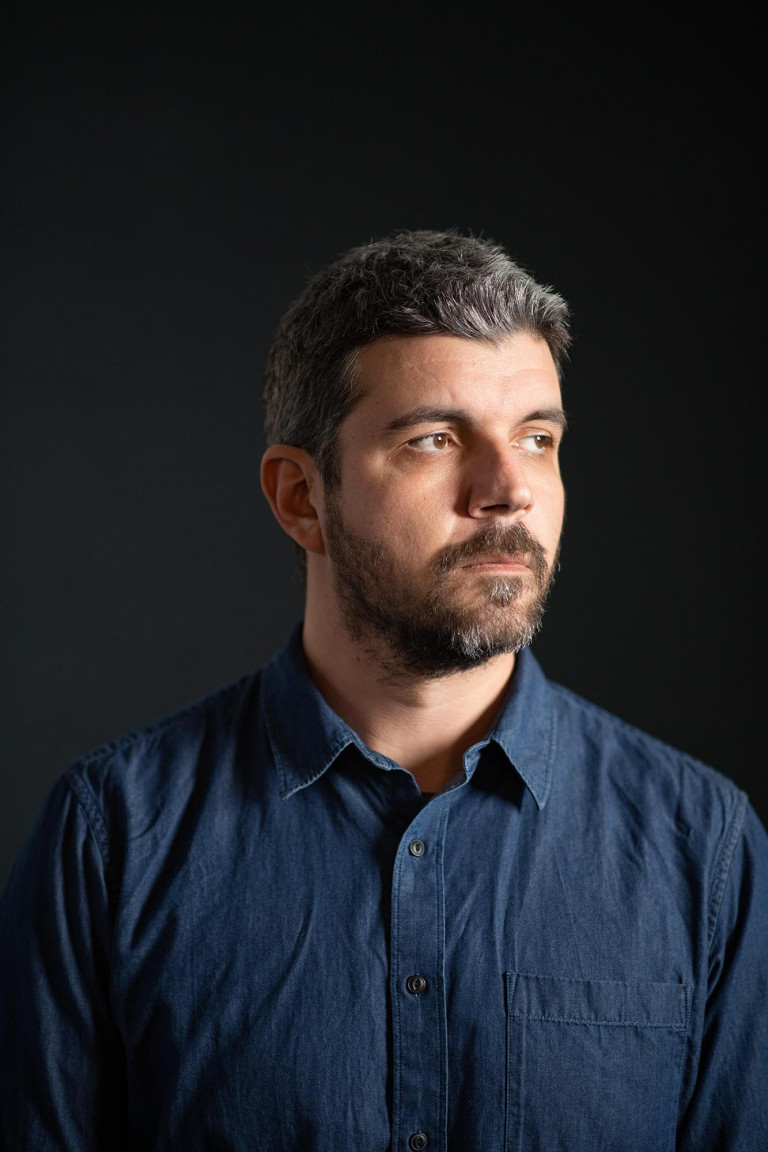
Marko Drobnjakovic
[Classes taught in Bosnian/Serbian/Croatian]
Marko Drobnjakovic is a freelance documentary photographer based out of Belgrade, Serbia. He graduated from Belgrade University with a B. Sc. and M. Sc. in Engineering. His photography focuses on post-conflict societies, and includes stories related to the Iraq conflict, the turmoil and escalation of conflict in Ukraine, the rise and fall of ISIS in northern Iraq, the refugee crisis in Europe and the aftermath and consequences of the Yugoslav wars.
Marko worked on feature assignments for publications and clients that include The Associated Press, NBC, MSF, International Rescue Committee, Human Rights Watch, Der Spiegel, El Pais and The New Yorker. Awards and grants include the Magnum Foundation Grant, Pulitzer Prize finalist for Breaking News Photography, Yunghi Kim Grant, Aftermath Project Grant finalist, Ochberg Fellowship, Logan Nonfiction Fellowship, Alfred Toepfer Fellowship Grant.
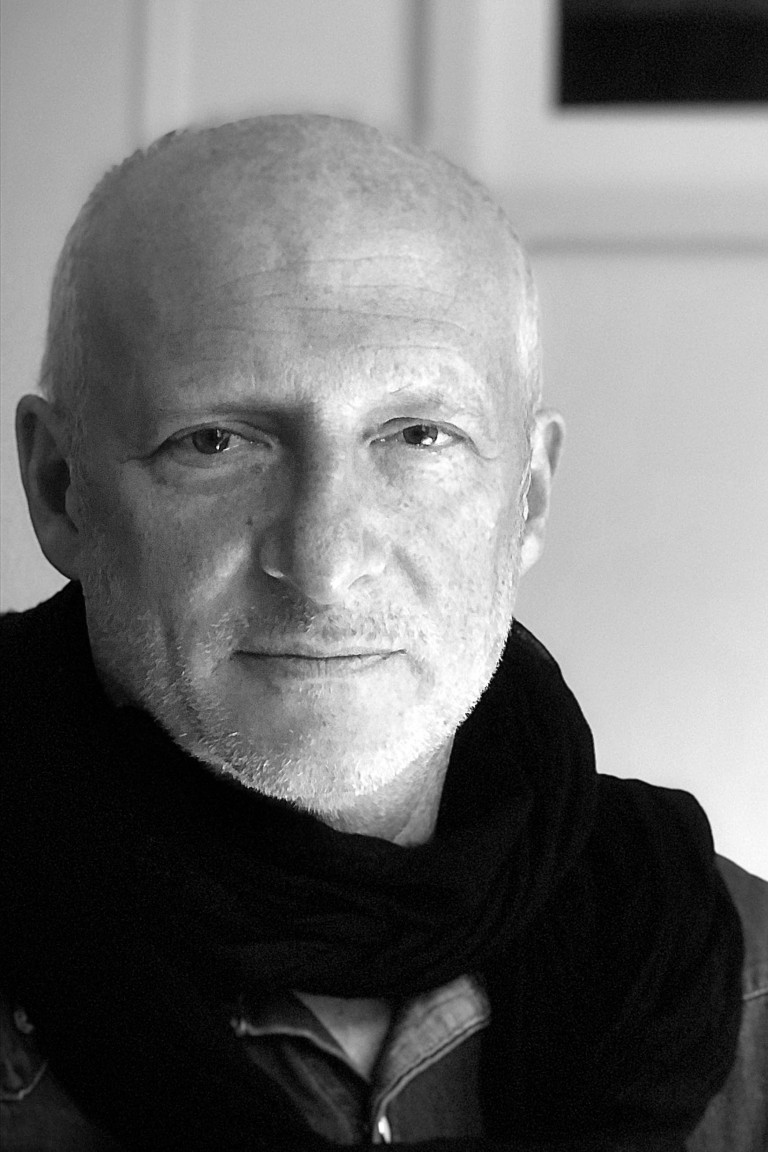
Stephen Ferry
[Classes taught in Spanish]
Since the late 1980s, Stephen Ferry has traveled to dozens of countries, covering social and political change, human rights, and the environment. He has contributed to the New York Times, GEO, TIME, National Geographic and many other publications. Stephen has also worked as a visual investigator with Human Rights Watch.
His first book, I Am Rich Potosí: The Mountain that Eats Men (Monacelli, 1999) documents the historical legacy of the Spanish Conquest on the Quechua miners of Potosí, Bolivia. Violentology: A Manual of the Colombian Conflict(Umbrage/Icono, 2012) is the result of over ten years of documentation and investigation into Colombia’s complex armed conflict. Violentology received the first Tim Hetherington Grant, awarded by World Press Photo and Human Rights Watch for the long-term documentation of human rights issues. In 2018, Stephen and his sister, the anthropologist Elizabeth Ferry, published LA BATEA(Icono/Red Hook Editions, 2018).
Stephen’s work has received numerous prizes in international photographic contests, and has received grants and fellowships from the National Geographic Expeditions Council, the Ambassador’s Fund for Cultural Preservation, the Fund for Investigative Journalism, the Alicia Patterson Foundation, the Howard Chapnick Fund, the Knight International Press Fellowship, the Getty Images Grant for Good grant, the Open Society Foundations and the Magnum Foundation Emergency Fund, among others.
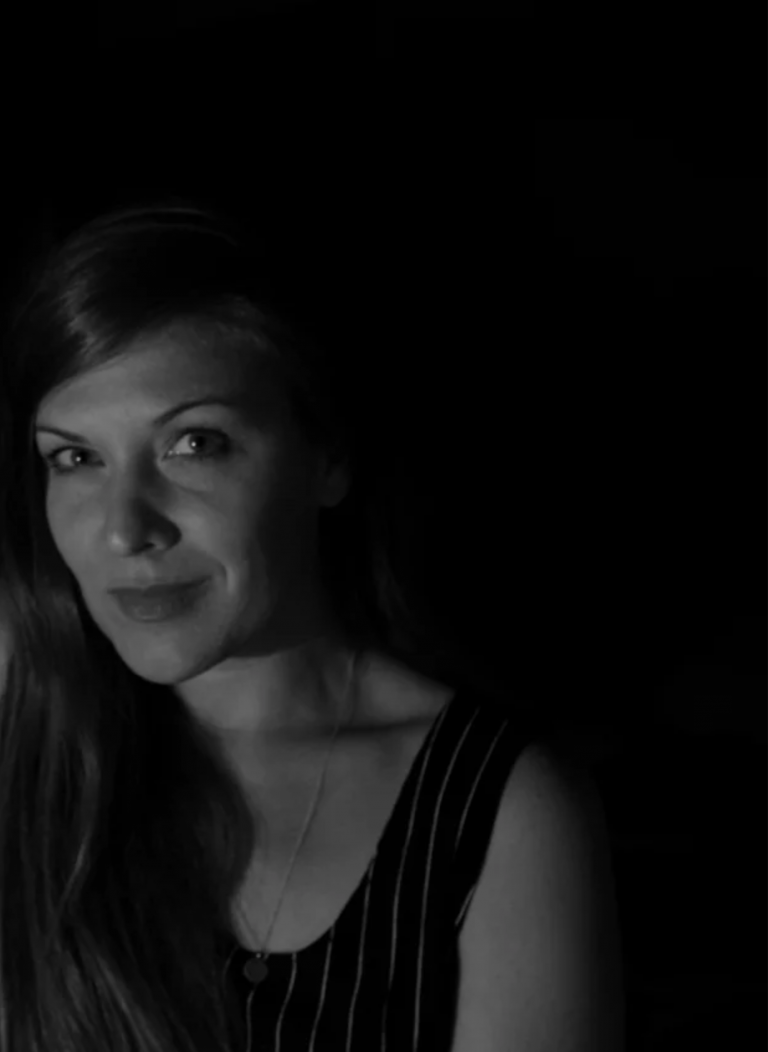
Kirsten Luce
[Classes taught in English]
Kirsten Luce is an independent photojournalist based in Brooklyn, NY. She is a regular contributor to The New York Times and National Geographic. She is best known for her documentation of immigration and law enforcement on the US/Mexico border and a cover story for National Geographic looking at the dark side of wildlife tourism.
She began her career at the American newspapers The Monitor in McAllen, TX, and The Birmingham News in Alabama and remains a huge proponent of community-based journalism.
She was an adjunct assistant professor of photojournalism at Columbia University from 2013-2017 and she has taught photojournalism at Foundry Photojournalism Workshops and National Geographic Photo Camps around the world.
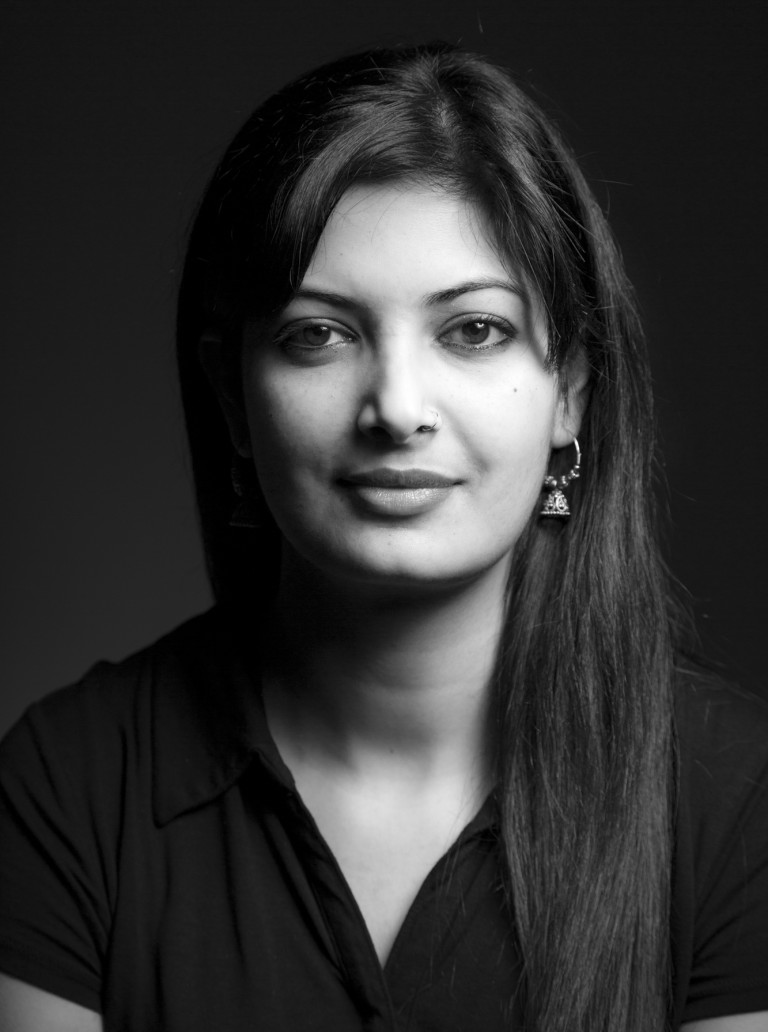
Smita Sharma
[Classes taught in Hindi/English]
Smita Sharma is a Delhi based photojournalist and visual storyteller reporting on critical human rights, gender, social justice and environmental issues in her own community as well as in the Global South on assignments for Human Rights Watch, National Geographic Magazine, TIME and other publications.
From documenting the effect of pregnancy on girl’s education in Kenya to child marriage in Nepal, and sex-trafficking in South Asia, Sharma is committed to representing people with dignity and telling underrepresented stories with impact.
Smita is a TED fellow, TED Speaker and an IWMF reporting fellow. For Stolen Lives, her in-depth work documenting minor sex trafficking in India and Bangladesh for National Geographic Magazine, she received the Amnesty International Media award for photojournalism and the Fetisov Journalism Award for Outstanding Investigative Reporting.
Smita is actively engaged in public speaking, victim advocacy and international public education. Her work has been exhibited and shown globally, including at the UN Headquarters in New York. Her book We Cry In Silence documenting cross-border trafficking of underage girls in South Asia is published by FotoEvidence and she is organising a campaign in the region aimed at educating and raising awareness amongst the communities most vulnerable to human trafficking.
Book – ‘We Cry in Silence’ published by FotoEvidence in September 2022.
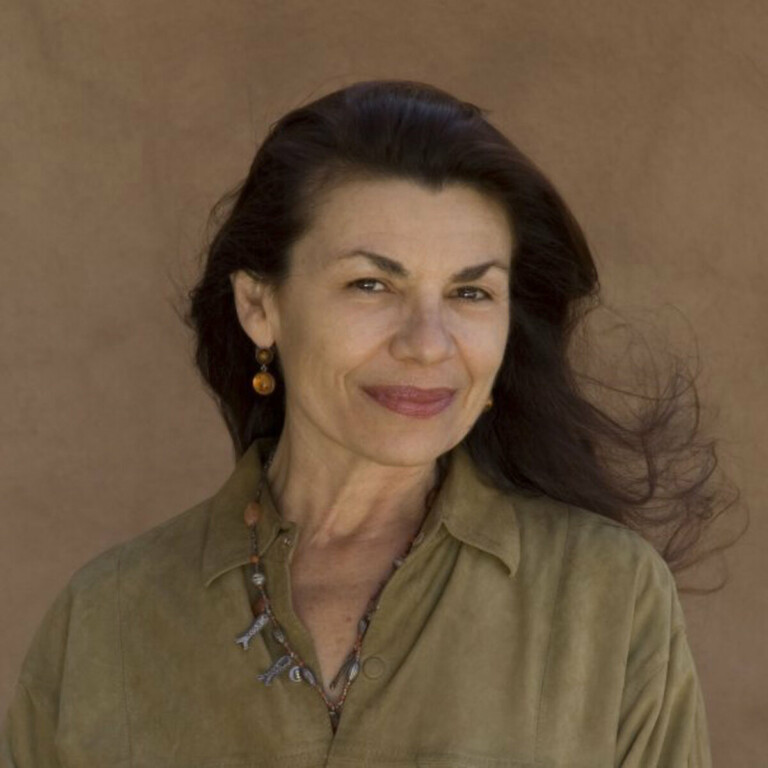
Maggie Steber
[Classes taught in English | Portfolio Reviewer | English]
Maggie Steber, a documentary photographer specializing in humanistic stories, has worked in 67 countries. Her honors include a grant from the Guggenheim Foundation in 2017, the Leica Medal of Excellence, World Press Photo Foundation, the Overseas Press Club, Pictures of the Year, the Medal of Honor for Distinguished Service to Journalism from the University of Missouri, the Alicia Patterson Grant, the Ernst Haas Grant, and a Knight Foundation grant for the New American Newspaper project. Steber has worked in Haiti for three decades. Aperture published her monograph, “Dancing on Fire.”
In 2013, Steber was named as one of eleven “Women of Vision” by National Geographic Magazine with an exhibition that traveled to five cities. Steber served as a Newsweek contract photographer and as Assistant Managing Editor of Photography and Features at The Miami Herald, overseeing projects that won a Pulitzer. Her work is included in the Library of Congress, the Guggenheim Foundation Collection, and The Richter Library. She exhibits internationally. Clients include National Geographic Magazine, The New York Times Magazine, Smithsonian Magazine, AARP, The Guardian, and Geo Magazine. Steber teaches workshops internationally including at the World Press Joop Swart Master Classes, the International Center for Photography, Foundry Workshops, and the Obscura Photo Festival.
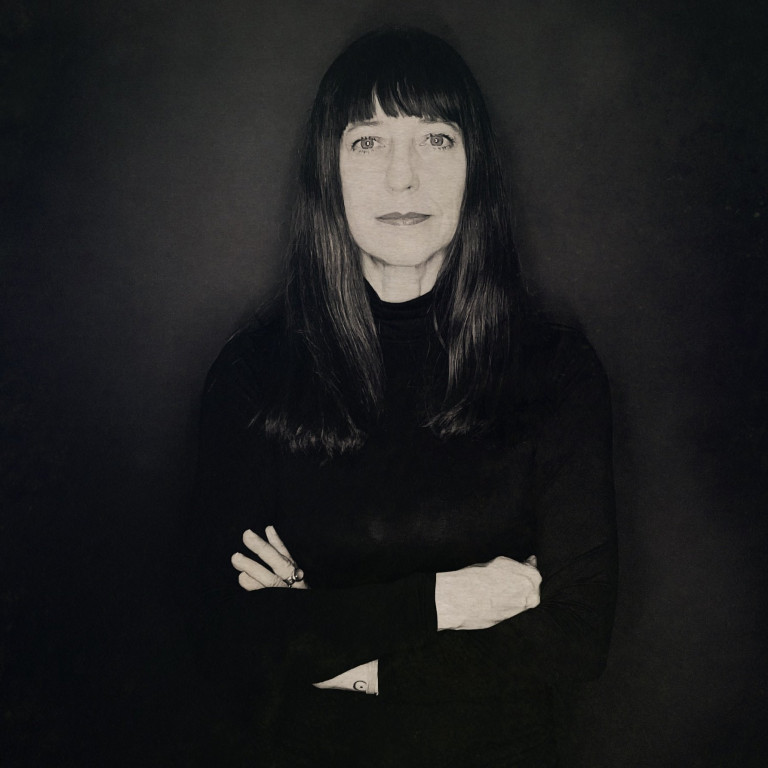
Adriana Zehbrauskas
[Classes taught in Portuguese]
Adriana Zehbrauskas is a Brazilian documentary photographer based in Phoenix, Arizona. Her work is largely focused on issues related to migration, religion, human rights, underrepresented communities and the violence resulting from the drug trade in Mexico, Central and South America. As a documentary photographer the core of her work is aimed at moving, challenging and connecting people through the stories she works on.
She contributes regularly with the The New York Times, UNICEF, CNN, The Washington Post and The Guardian. Her work has been widely published in outlets such as The New Yorker, Stern, Der Spiegel, Le Monde, Libération, Folha de S. Paulo, Bloomberg and El País, among others.
She is the recipient of a 2022/23 Robert Capa Gold Medal Award Citation, 2021 Maria Moors Cabot Prize , 2021 Anja Niedringhaus Courage In Photojournalism Award Honorable Mention, a New York Press Club Award in Feature-Science Medicine and Technology in the Newspaper category for the article “Zika’s Legacy: Catastrophic Consequences of a Continuing Crisis (NY-2018) and a POY International (2019). She was a finalist for the Premio Gabo (2018) and received two Honorable Mentions at the Julia Margaret Cameron Award (2018).
Adriana is one of the three photographers profiled in the documentary “Beyond Assignment” (USA, 2011, produced by The Knight Center for International Media and the University of Miami. She’s a recipient of the first Getty Images Instagram Grant (2015) and was awarded Best Female Photojournalist in her native Brazil (Troféu Mulher Imprensa). Her mobile photography work was selected by Time Magazine for the “29 Instagrams That Defined the World in 2014″ and her project on Faith in Brazil and Mexico was awarded a Art & Worship World Prize by the Niavaran Artistic Creation Foundation.
She’s an instructor with the International Center of Photography (ICP- NY), the World Press Photo Foundation, Gabriel García Márquez’s Fundación Gabo, the Foundry Photojournalism Workshop and serves as a jury member to dozens of grants and awards worldwide, including the World Press Photo, POY LATAM and Premio Gabo.
Guests
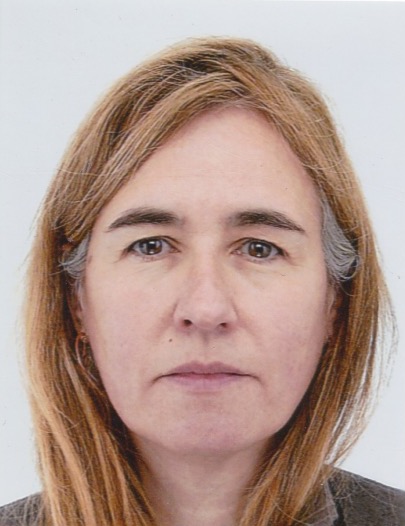
Monica Allende
[Portfolio Reviewer | Spanish, English]
Monica Allende is an independent curator/artistic director, consultant and educator. She is the Artistic Director of Landskrona Foto Festival and was GetxoPhoto International Image Festival Artistic Director from 2017 to 2019. She curated “Light” an exhibition during PhotoLondon 2021 at Peckham24. She has also collaborated with WeTransfer as a Consultant and Creative Producer and was the FORMAT17 International Photography Festival director. She is curating the Blues Skies Project, a multidisciplinary project with artist Anton Kusters and Ruben Samama, shortlisted for the Deutsche Borse Photography Foundation Prize 2019 and exhibiting in Les Recontres d’ Arles in 2021. She collaborates with Canon Europe as an adviser on the Ambassadors and the Student Mentorship Programmes. She advises CAMPO.lat, a grassroots digital platform, on strategy and programming. Allende was the Photo Editor at the Sunday Times Magazine, where she launched Spectrum, the award-winning photography section.
She is a visiting lecturer at the London College of Communication, London & EFTI in Madrid. She is a collaborator and teaches programmes in Latin America and Sarajevo for the VII Academy part of the VII Foundation. She has also produced and taught creatives labs for FIFV in Chile, Proyecto Imaginario, Argentina, ScreenLab in London and Taskheil in Saudi Arabia. The Mentorship Business Programme for the University of Sunderland’s and workshop for Internazionale a Ferrara, WPP workshop Angola, Magnum Professional Practice, Grain and Format “East Meets West “ Programme among many others, and WPP JOOP Masterclass.
She is dedicated to nurturing new and established talent and nominates photographers for prizes, including the Paul Huf Award , Deutsche Börse TPG Photography Prize, the Leica Oskar Barnack Award, the Prix Pictet and The Joop Swart Masterclass/ WPP.
Allende is also a reviewer and ambassador for Reminders Photography Stronghold in Japan and Docking Station in Holland. She is on the Board of Trustees of Photoworks advising on curatorial practices.
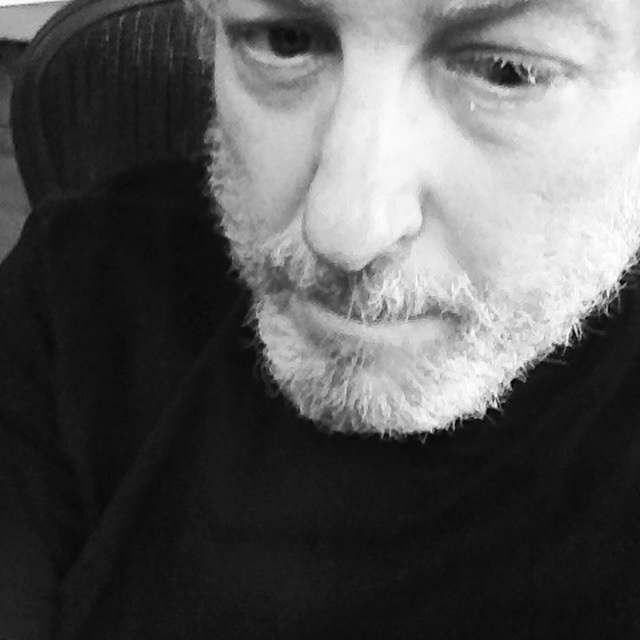
Robert Dannin
[Presenter]
Robert Dannin has a doctorate in linguistics and anthropology from the School for Advanced Studies in the Social Sciences (EHESS, Paris). He taught at Brown University and New York University and is co-founder and director of the Ddora Foundation (www.ddorafoundation.org). Among his scholarly publications Black Pilgrimage to Islam (Oxford University Press 2002) was the first ethnography of Islamic religious conversion in America. In 2009 he was awarded the inaugural residency at the Norman Mailer Writer’s Colony. His most recent works include the historical novel Trigger (2021) and Benevolent Warrior, A Critical Study of Jacob Schiff, Robber Baron and Philanthropist (forthcoming).
Dannin has worked as a cook, translator, ghostwriter, copywriter, consultant to the New York Attorney General, political campaign manager, fundraiser, and civil litigation discovery expert. He was principal investigator for a three-year research project studying school privatization in Ohio.
His experience in photojournalism began at Sipa Press, then Sygma, and finally as editorial director of Magnum where he produced Sebastião Salgado Jr.’s Workers (Aperture 1993). His other editorial credits include James Nachtwey’s Inferno (Phaidon 2000) and Arms Against Fury: Magnum Photographers in Afghanistan (Powerhouse 2002). He served on the board of the Magnum Foundation Emergency Fund and participated in the production of the GIJN Reporter’s Guide to Investigating War Crimes. He is the author of several critical essays about photojournalism including The Assassination of Photography.
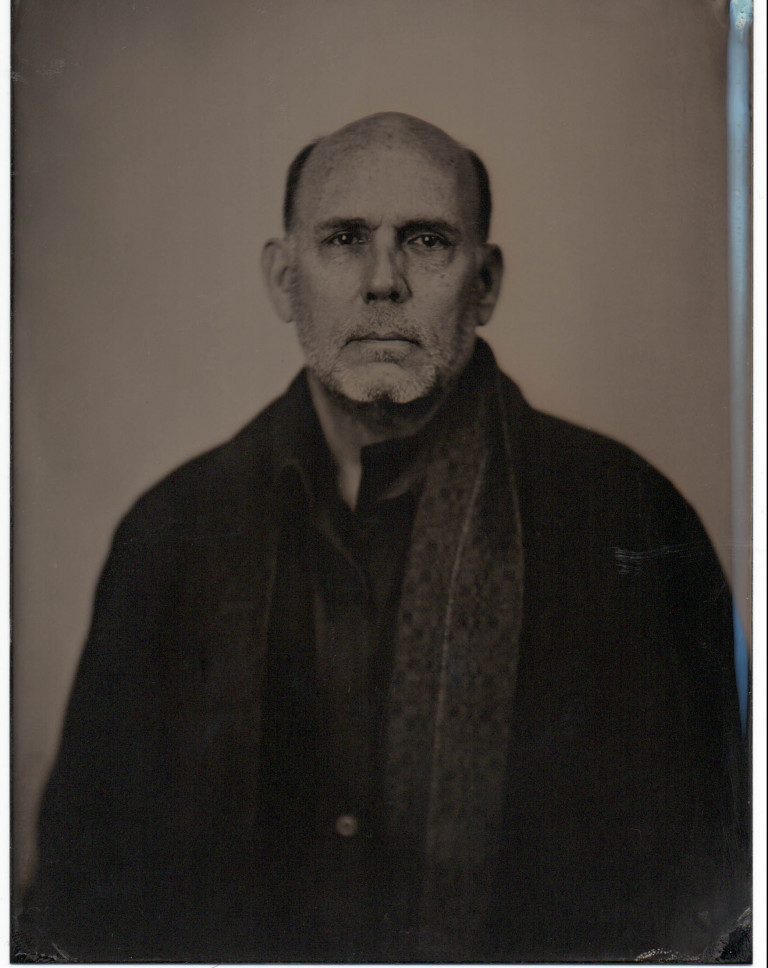
Mike Davis
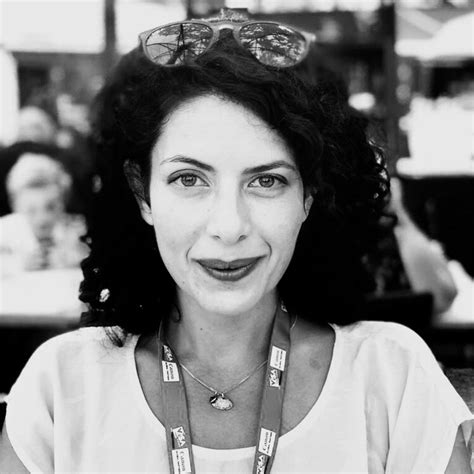
Maral Deghati
[Portfolio Reviewer | Farsi, English ]
Maral Deghati is Managing Editor for News Photography at Getty Images. Producing photography and multimedia narratives in collaboration with photojournalists worldwide on issues concerning developing and conflict stricken contexts across Asia, Africa and Europe. Beyond her role as a photo-editor for various international agencies, advocating visual literacy, curating exhibitions and educational projects are integral to Deghati’s work with photography.
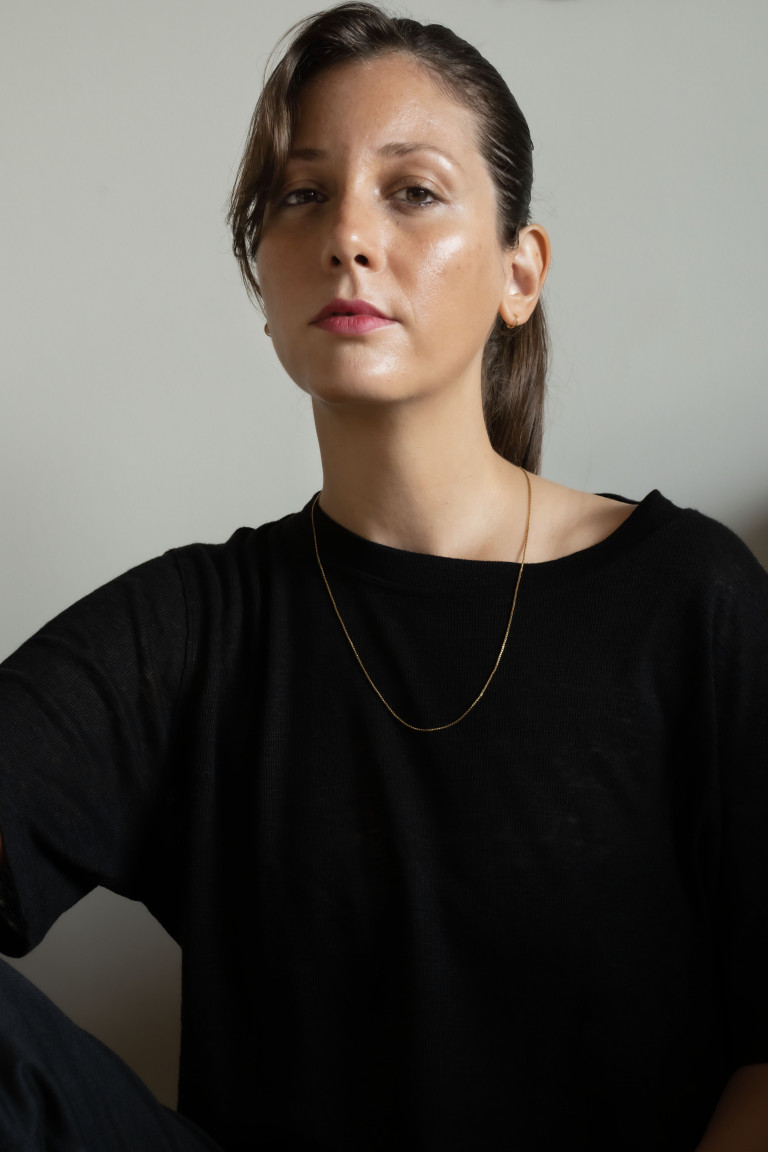
Nariman El-Mofty
[Keynote | Portfolio Reviewer | Arabic]
Two-time Pulitzer Prize-winning photojournalist, Nariman El-Mofty transitioned from photo editing to becoming a staff photojournalist for the Associated Press Middle East photo desk. Her visual storytelling captures diverse narratives, including migration, the horrors of wars, and human resilience amidst conflict. El-Mofty’s extensive coverage includes Yemen, showcasing the resilience of people amidst societal collapse. She was pivotal in the Pulitzer Prize-winning Associated Press team that unveiled Yemen’s harrowing effects due to war.
Recognized with awards like the Overseas Press Club’s Olivier Rebbot Award and the Robert Capa citation for excellence, her impactful work encompasses narratives like ‘Disembarking in Hell,’ focusing on the perilous journey of Ethiopian migrants to Yemen and Saudi Arabia. In 2020, El-Mofty documented the plight of Tigray people on the Sudanese-Ethiopian border, earning another Robert Capa Gold Medal Award citation for ‘Fleeing War.’
Her photography was showcased in the International Festival of Photojournalism 2021 in Perpignan, ‘Visa pour l’image.’ More recently, El-Mofty was part of an AP team covering Russia’s invasion of Ukraine, winning a Pulitzer Prize for Breaking News Photography. Their heart-wrenching visuals depict the stark realities of the Russia-Ukraine war since its outset in 2022.
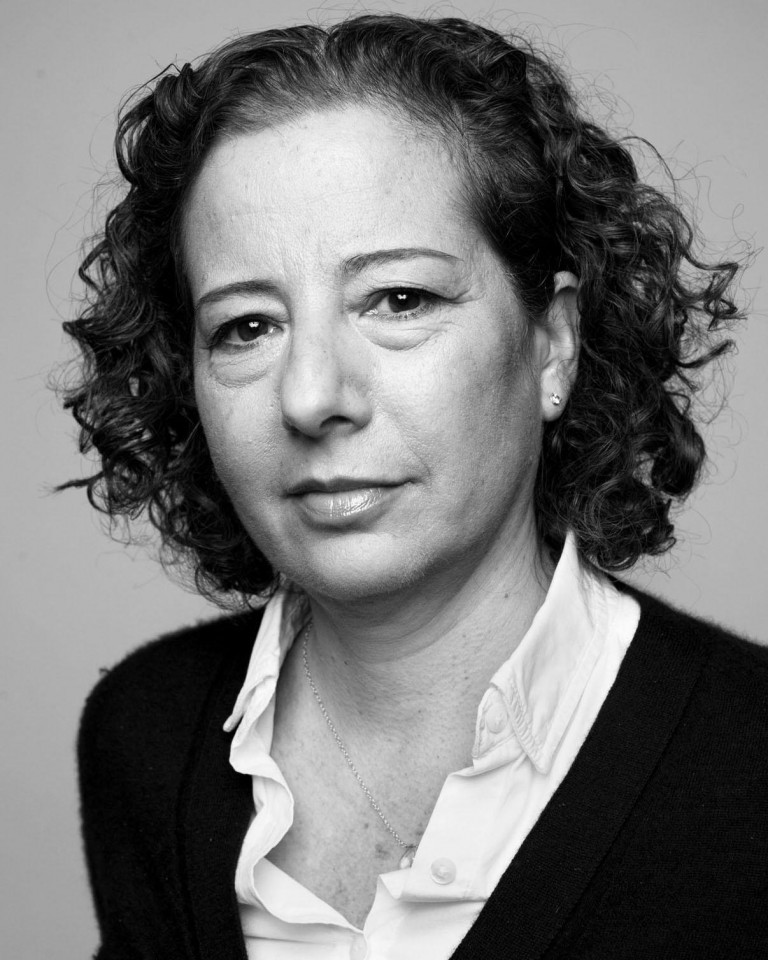
Alice Gabriner
[Portfolio Reviewer | English]
Alice Gabriner is a visual editor with 30 years of experience primarily covering national and international news at TIME, National Geographic, U.S. News & World Report, and The New York Times. She photo edited TIME’s year-long multimedia project ‘Finding Home’, which received the top prize in the 2018 World Press Photo contest for Innovative Storytelling, and a 2018 Emmy Award nomination in the Outstanding New Approaches Documentary category. During a ten-year tenure at TIME, she led the photo department through the election and inauguration of Barack Obama, oversaw the magazine¹s award-winning coverage of the Iraq War, and worked with TIME’s notable team of photographers during the 2000 Presidential election, including Christopher Morris whose acclaimed body of work covering the presidency of George W. Bush resulted in two monographs. For the first two years of the Obama administration, she served as Deputy Director of Photography. Gabriner has curated photography exhibits and has been a member of photo juries and portfolio reviews around the world.
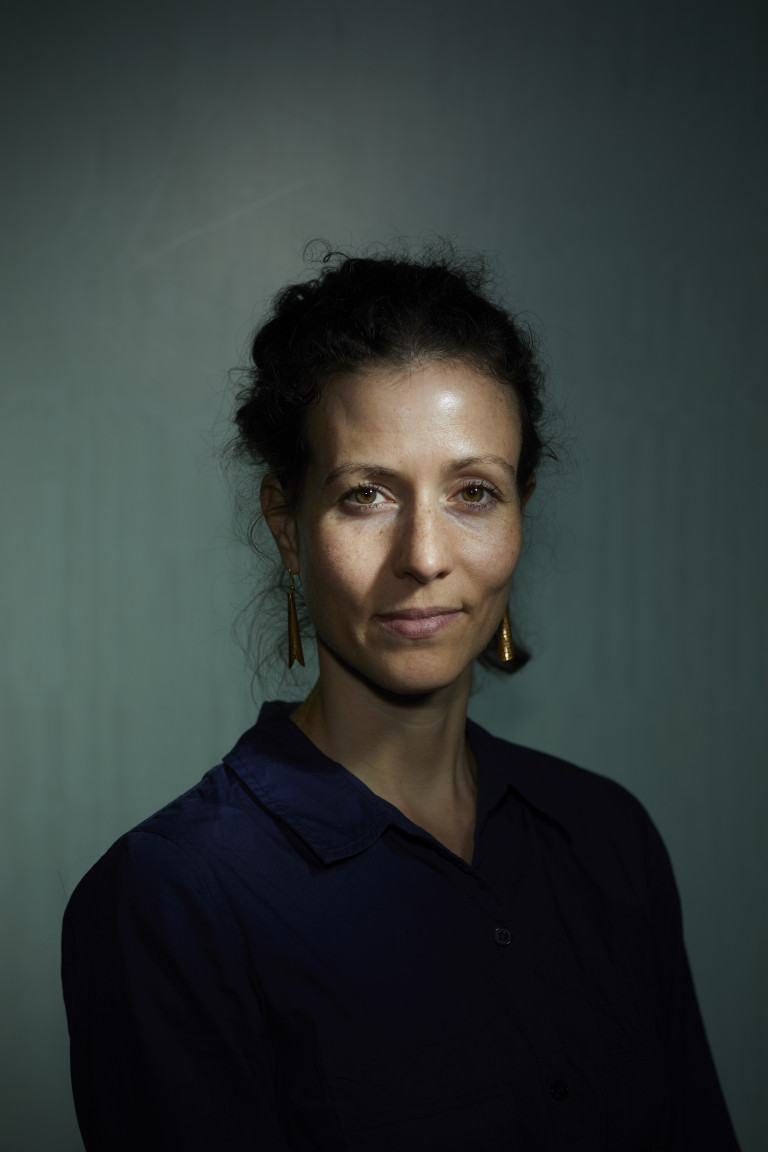
Julie Hau
[Portfolio Reviewer | English, German]
Julie Hau is a photo editor at National Geographic, the visual lead for the front of the magazine, select feature stories, and the podcast Overheard at National Geographic.
photo by Rebecca Hale
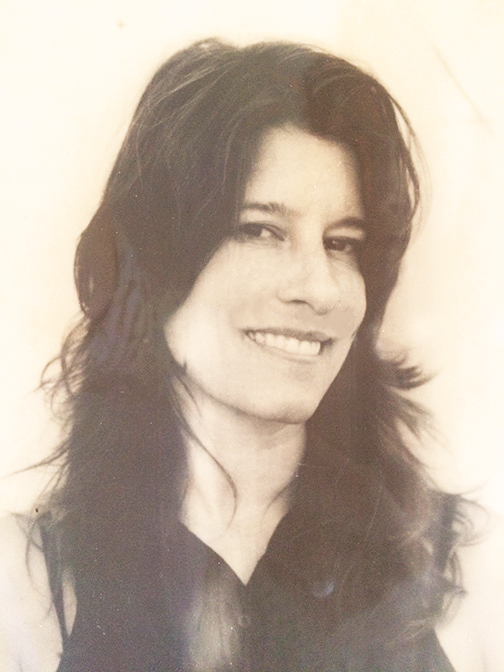
Stephanie Heimann
[Portfolio Reviewer | English]
Stephanie Heimann is the Photo Director for The New Republic based in New York City. She has garnered several awards for the magazine including a National Magazine Award nomination in 2018 and the 2017 Magazine Picture Editor of the Year award from the National Press Photographers Association. She has worked on many international and domestic editorial titles including Newsweek, Time, New York, Scientific American, and Fortune Small Business, and was Al Gore’s photo editor on the sequel to his book Inconvenient Truth. Her career began as a photojournalist covering post-Soviet culture and the first war in Chechnya, and she spent almost ten years as an expatriate photo editor based in Moscow, Hong Kong, and Europe. She is the founder of the nonprofit Fovea Exhibitions, where, in a volunteer capacity, she oversees photojournalism exhibits on topical and social issues. Active as a teacher at the International Center of Photography, and an Advisory Member on the Rory Peck Trust, she has also curated many exhibits and has been included on magazine and photo juries and portfolio reviews around the world.
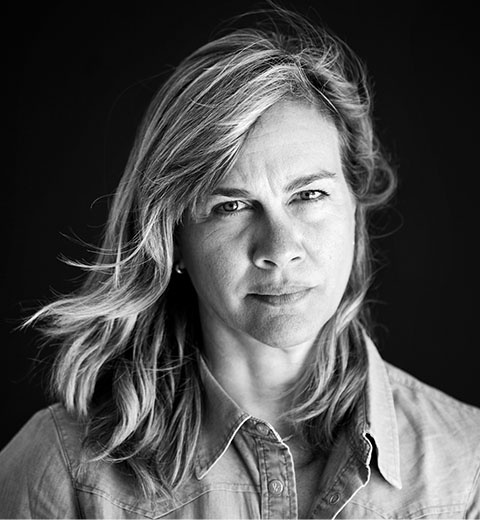
Magdalena Herrera
[Portfolio Reviewer | French, Spanish, English]
Born in Havana to a family of artists, Magdalena Herrera studied fine art and art history at the Sorbonne in Paris before starting her career as a photographer and art director.
She has worked in books, print, and magazines, spending ten years as Art Director and head of the photo department at National Geographic before joining Geo France as Director of Photography.
Parallel to her journalistic work, Magdalena Herrera also runs worldwide workshops and seminars organized by the World Press Photo Foundationincluding the Joop Swart Masterclass and she was the chair of the 2018 World Press Photo contest.
Her experience and her eye for photography mean that she is regularly solicited as a jury member at international photography competitions.
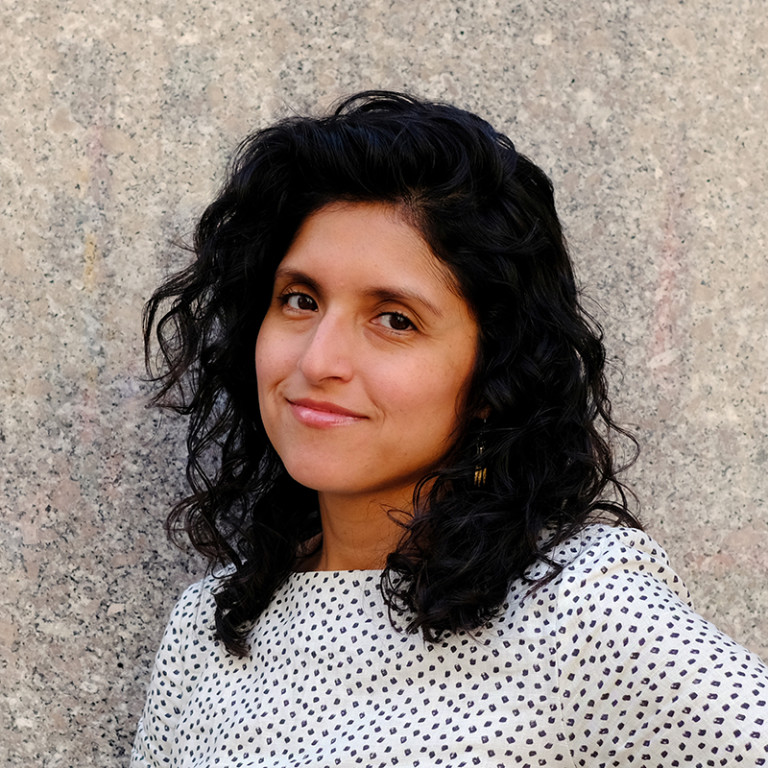
Natalia Jiménez
[Portfolio Reviewer | Spanish, English]
Natalia Jiménez is a senior picture editor on the National desk at The Washington Post, where she covered the Trump presidency, 2020 election, and January 6th insurrection. Before joining the Post, she managed the photography team at NBC News where she also art directed and commissioned illustrations. She has served as a juror for photography awards for the Overseas Press Club, American Photography 37, and NPPA’s Best of Photojournalism. Natalia was faculty on the first Women Photograph workshop held in Latin America in 2019 and was a mentor in their 2021 program.
Natalia was drawn to editing while an assistant to photographers Alex Webb and Rebecca Norris Webb as they developed longform visual narratives through book publishing. Though she has focused on digital storytelling for most of her career, she retains an appreciation for the tactile experience of photography books and aims to apply that sensibility to her everyday work.
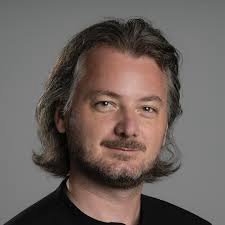
Olivier Laurent
[Portfolio Reviewer | English]
Olivier Laurent is a foreign photo editor at The Washington Post, working with the organization’s network of 27 reporters based in 19 foreign locations to offer a comprehensive international report, with a special focus on Africa, Asia and the Middle-East. He also partners with the Post’s social team on photo-driven initiatives and contributes to InSight, the Post’s photography section. In 2019, he was part of the climate team that won the Pulitzer Prize in Explanatory Reporting for the 2ºC: Beyond the Limit series, which “showed with scientific clarity the dire effects of extreme temperatures on the planet.” In 2018, he coordinated the newspaper’s visual coverage of the humanitarian crisis in Yemen, working with Lorenzo Tugnoli, a contract photographer with the Post. The photo essay won the 2019 Pulitzer Prize in Feature Photography as well as a World Press Photo. He joined the Post from TIME where he was the Editor of LightBox, the magazine’s photography website. LightBox provided a window into the process of how great photographs are made, and drew attention to inspiring projects and groundbreaking work by established masters and new pioneers. Previously, he was the Associate Editor for British Journal of Photography, the world’s longest running photography magazine established in 1854, and the Editor of FLTR, the first weekly magazine on smartphone photography.
Born in France in 1980, he graduated from the American University of Paris in 2005 and immediately moved to London to pursue a career in journalism, starting in the financial sector on publications such as Dealing With Technology and Post Magazine, before joining British Journal of Photography in 2008. He is based in Washington, D.C.
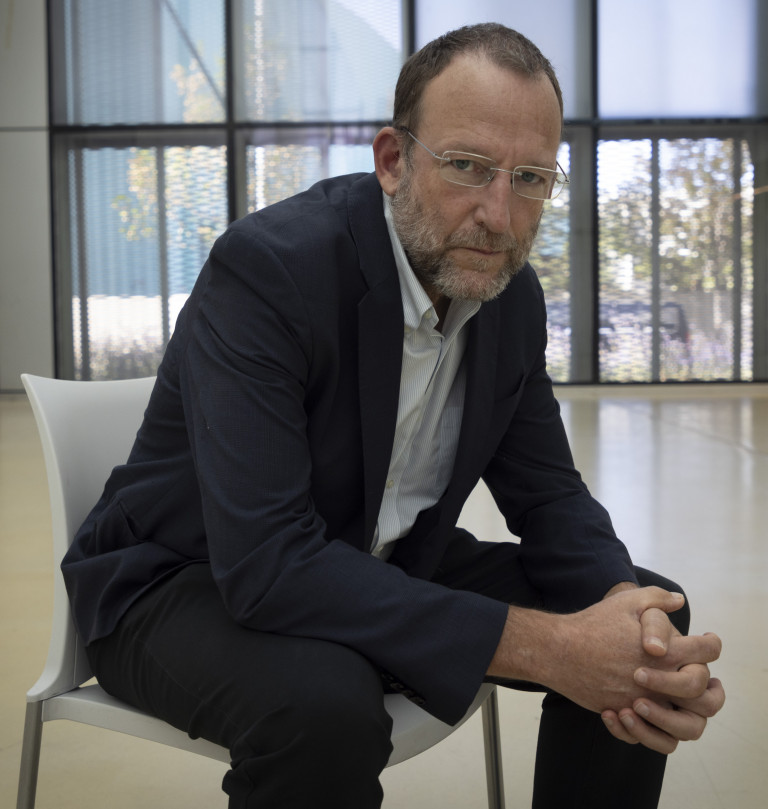
Santiago Lyon
[Presenter]
Santiago Lyon is Head of Advocacy and Education for the Content Authenticity Initiative, an Adobe-led community of major media and technology companies developing open-source technology to fight mis/disinformation. From 2003 to 2016 he was vice president and Director of Photography of The Associated Press responsible for the AP’s global photo report and the photographers and photo editors around the world who produce it. From 1984 to 2003 he was a photographer and photo editor.
Lyon has 35+ years of experience in news-service photography and has won multiple photojournalism awards for his coverage of conflicts around the globe – including two World Press Photo prizes and the Bayeux prize for war photography. He covered the end of the civil war in El Salvador, the U.S. invasion of Panama, the first Gulf War, the Balkan wars in Croatia, Bosnia and Kosovo, the civil wars in Somalia and Yemen as well as the Taliban takeover of Afghanistan among other major news and sports stories around the world.
He joined the Associated Press in 1991 in Cairo after previously having worked for the Spanish news agency EFE, United Press International and Reuters. Lyon served as the Associated Press photo editor for Spain and Portugal from 1995 until 2003, when he was named director of photography. In the same year, he was a Nieman Fellow in journalism at Harvard University.
Under his direction, the AP won three Pulitzer Prizes for photography as well as numerous other major photojournalism awards around the world. Lyon was part of a small team of AP executives who traveled repeatedly to North Korea to negotiate the successful opening of an AP bureau in Pyongyang. He serves on the board of directors of the Eddie Adams Workshop and the VII Foundation. He teaches regularly at the International Center of Photography in New York.
He was chair of the jury for the 2013 World Press Photo contest. In 2012, he was a Sulzberger Fellow at Columbia University in New York, studying ways to enhance the value of the AP’s photo output to better serve growing customer segments.
In late 2016 he left the AP, joining Adobe in September 2017 as their first director of editorial content a position tasked with developing and growing Adobe’s photojournalism offering to its customers.
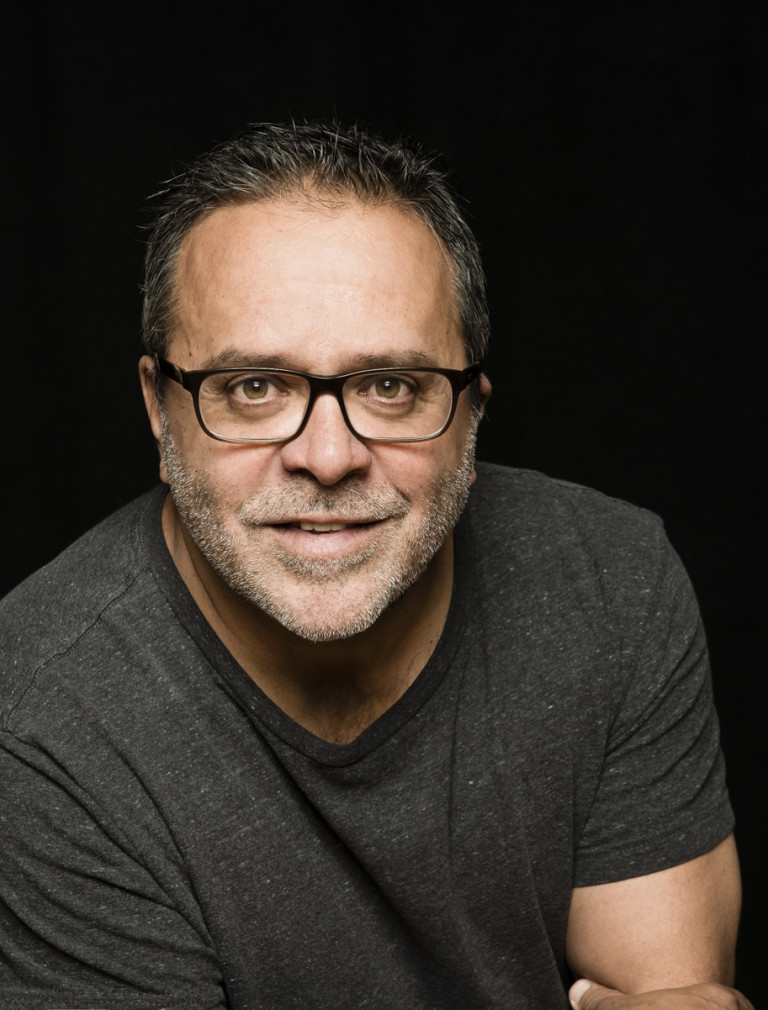
Frank Meo
Frank Meo has represented photographers for thirty years. His collaborations have produced hundreds of award-winning ad campaigns, art shows, provocative editorial content, and successful books. He has facilitated photographic productions with every major advertising agency and many Fortune 500 companies. He’s a sought-after moderator, portfolio reviewer, and curator as well as a passionate advocate of the photographic community through a variety of channels: Creative Business Workshop, where he addresses topics such as estimating, negotiation, client relationship building and retention, effective promotion, industry trends, and best practices; and PROJECTIONS, a monthly moderated event showcasing the talent of visionary photographers to an audience of creatives. Frank has consulted, collaborated, and curated numerous photographic books: Nancy Borowick’s “The Family Imprint: A Daughter’s Portrait of Love and Loss,” Tim Mantoni’s, “Behind Photographs,” and Bob Zahn’s “Slab City.” He has judged numerous photo competitions, including PDN Photo Contest, Sienna Photo Awards, Moscow Photography Awards, and Lucie Awards, and he’s been a nominator for the prestigious ICP Infinity Awards. He’s a popular speaker at learning institutions that include Syracuse University, New School, Parsons, ICP, SCAG, and SVA and for trade organizations that include ASMP, Eddie Adams Workshop, and APA.
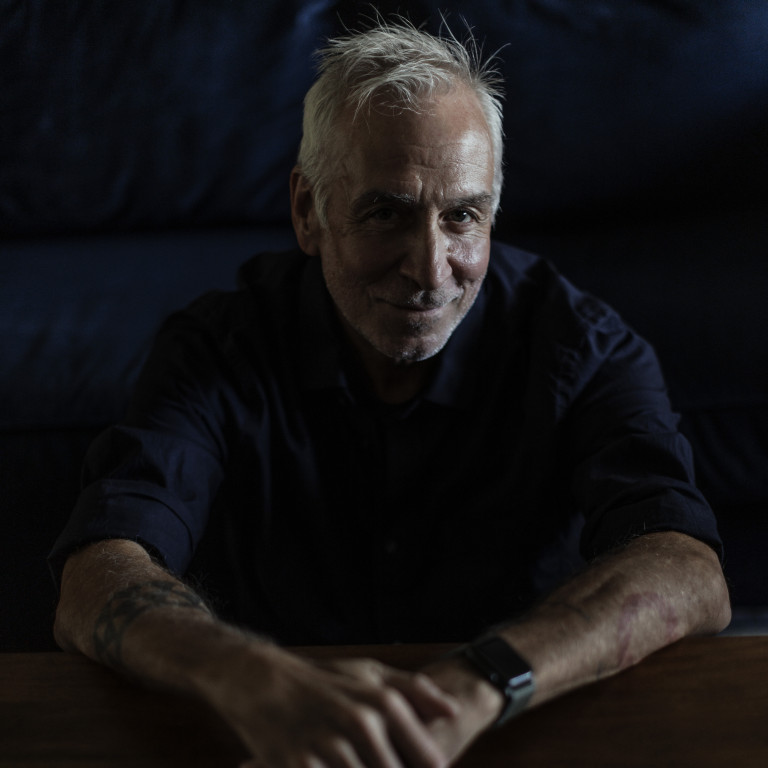
Dario Lopez Mills
[Portfolio Reviewer | Spanish, Portuguese, English]
Born in Mexico City, Dario Lopez-Mills Dario Lopez-Mills began his photojournalism career working for several news outlets in Mexico. In 1995, he entered the Associated Press as a free-lance photographer in Mexico. Two years later, he was hired as Chief Photographer/Editor for the AP in Brazil. A position he held for 7 years.
In 2004, he was named Chief Photographer/Editor for Mexico and Central America. He remained in that role until 2016.
He has covered news events in most of Latin America and the Caribbean as well as in Iraq, Afghanistan, Libya, South Africa and the U.S.
Starting in 2016, he became the first multi-media producer for Latin America, focusing on new storytelling techniques. Since the end of 2018, he has been part of the Immersive Storytelling Team within the AP’s Global Enterprise and Investigations, a position he holds to this date.
He won 2nd place in the 1996 Pictures of the Year International on the general news category. He was part of the team that won the Overseas Press Club award for coverage in Latin America and also the 2016 for Dart Award for Excellence in Coverage of Trauma By the Columbia University Dart Center for Journalism and Trauma for a comprehensive, interactive multimedia series in Spanish and English that tells the stories of those in and around Iguala, Mexico, who had lost family members to kidnappings and killings, living in a purgatory of silence for years, and their quest for answers and justice.
He was also part of the team that won the 2021 Dart Award for the Lives Lost series, a collection of stories that celebrated the lives of everyday people from around the world who perished to the Covid-19 virus in 2020.
He now lives in Phoenix, Arizona.
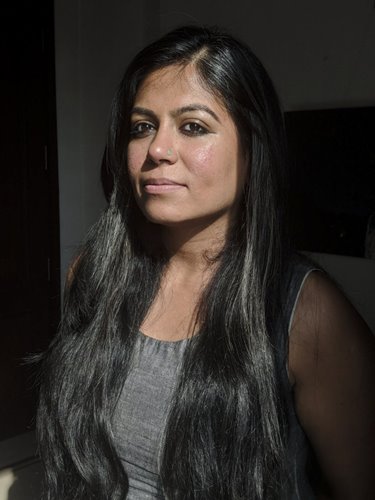
Tanvi Mishra
[Portfolio Reviewer | Hindi, English]
Tanvi Mishra is a Delhi-based photo editor, curator, and writer. Among her interests are the politics of representation within the photographic medium and its impact on South Asian histories and narratives, as well as the notion of fiction in photography, particularly in the current political landscape.
Mishra currently works as the creative director of The Caravan, a journal of politics and culture published out of Delhi. She is part of the editorial team of PIX, a South Asian publication and display practice.
In 2013 and 2015, she was part of the Delhi Photo Festival team in India and was the guest curator at the second edition of Photo Kathmandu, held in Nepal in 2016. Her writings on photography have appeared in various publications, such as Transformations-Exploring Changes in an Around Photography, WHY EXHIBIT(published by FW: BOOKS) and The Caravan, amongst others.
She has served on various juries, including the Hindu Photojournalism Awards 2019, the selection committee of World Press Photo’s Joop Swart Masterclass, and was a curatorial collaborator for the Greenpeace Photo Award 2018. She is a mentor for the 2019 Women Photograph program.
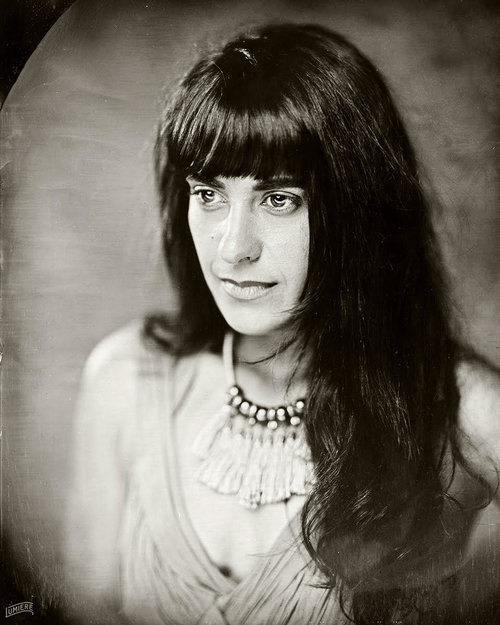
Claire Rosen
[Presenter]
Claire Rosen is an award-winning artist named twice to Forbes “30 under 30” list for Art & Design. Her work has also received recognition from Communication Arts, IPA, Graphis, PDN, Photoville Fence, and PX3 with features in Der Greif, Fast &Co, featureShoot, The Guardian, NPR, National Geographic, Refinery29, Smithsonian Magazine, Slate Magazine, and The Washington Post. Claire has constructed unique campaigns and installations for a wide range of commercial brands bridging the gap between fine art and commercial work. In addition, Claire speaks about the creative process around the world with a book on the subject, IMAGINARIUM: The Process Behind the Pictures. Claire is a brand ambassador for FujiFilm US and Hahnemühle USA.
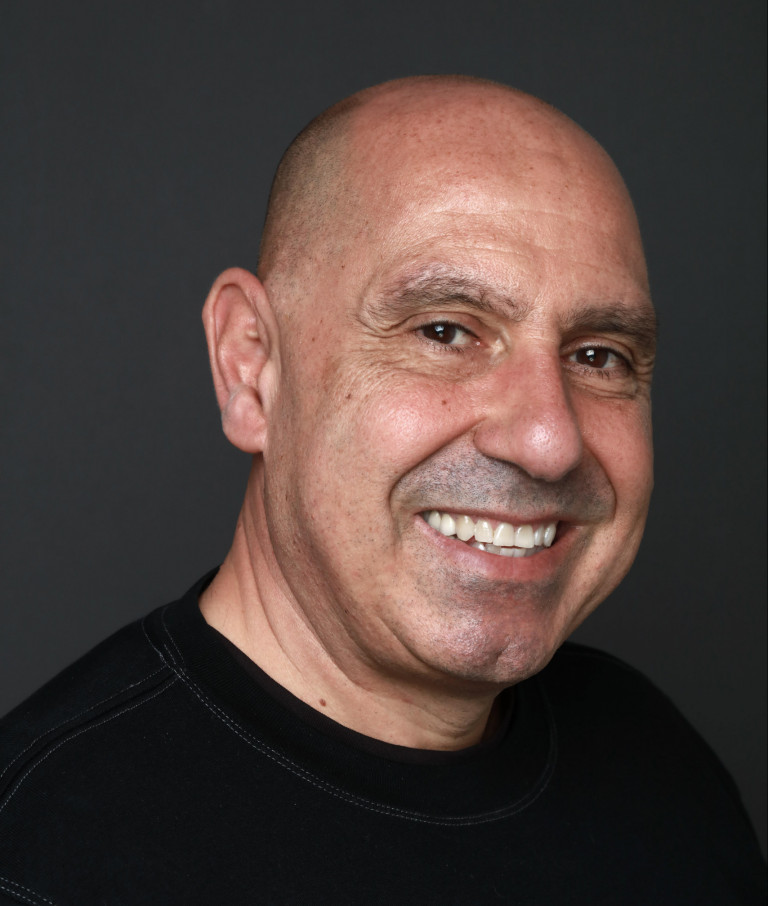
Marcel Saba
[Presenter | Portfolio Reviewer | French, English]
In 2003, Marcel Saba founded Redux Pictures, an award winning New York City-based, commercial and editorial photo agency with photographers located around the world. Redux artists have photographed portraits of world leaders, CEOs, politicians, athletes and celebrities. They have documented everything from social issues such as healthcare, immigration, and poverty, to global issues such as the economy, the environment, and war. In addition, their extensive travel, food, and lifestyle photography showcases Redux as an Industry leader. As a global leader in photography, Redux pictures represents the photo collections of The New York Times Archives, and is partnered with over 25 world renowned photo collections. Regular Redux editorial clients include Afar, Forbes, Fortune, ESPN, The New York Times Magazine, Esquire, GQ, GEO, Time, Newsweek, The New Yorker, Reader’s Digest, and Travel & Leisure. Commercial shoots include contemporary annual reports for Goldman Sachs, USAA, and ad campaigns for Bose, Converse, Denny’s, Glossier, PNC Bank, Siemens, Under Armour and Vans. Marcel has served on the board of the Eugene Smith Foundation, and as faculty member of the International Center of Photography.

Maggie Steber
[Classes taught in English | Portfolio Reviewer | English]
Maggie Steber, a documentary photographer specializing in humanistic stories, has worked in 67 countries. Her honors include a grant from the Guggenheim Foundation in 2017, the Leica Medal of Excellence, World Press Photo Foundation, the Overseas Press Club, Pictures of the Year, the Medal of Honor for Distinguished Service to Journalism from the University of Missouri, the Alicia Patterson Grant, the Ernst Haas Grant, and a Knight Foundation grant for the New American Newspaper project. Steber has worked in Haiti for three decades. Aperture published her monograph, “Dancing on Fire.”
In 2013, Steber was named as one of eleven “Women of Vision” by National Geographic Magazine with an exhibition that traveled to five cities. Steber served as a Newsweek contract photographer and as Assistant Managing Editor of Photography and Features at The Miami Herald, overseeing projects that won a Pulitzer. Her work is included in the Library of Congress, the Guggenheim Foundation Collection, and The Richter Library. She exhibits internationally. Clients include National Geographic Magazine, The New York Times Magazine, Smithsonian Magazine, AARP, The Guardian, and Geo Magazine. Steber teaches workshops internationally including at the World Press Joop Swart Master Classes, the International Center for Photography, Foundry Workshops, and the Obscura Photo Festival.
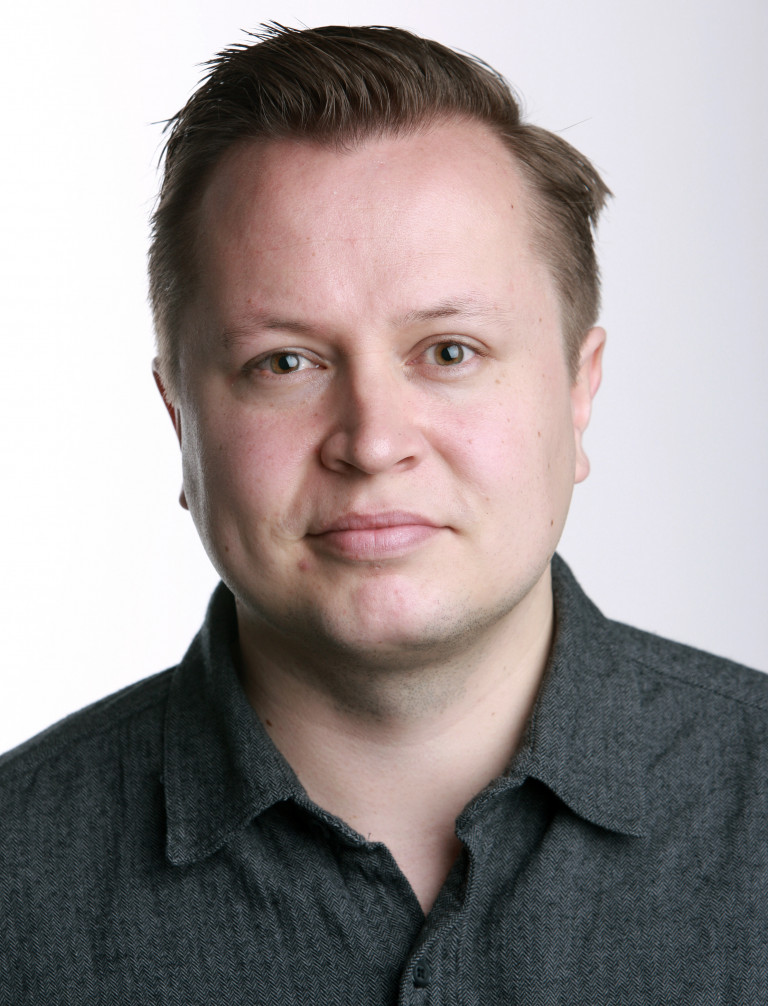
Mikko Takkunen
[Presenter | Portfolio Reviewer | English]
Mikko Takkunen is a photo editor on The New York Times’s International desk based in New York City. Before returning to the US in the fall of 2021, he spent the previous five years as the New York Times’ Asia photo editor in Hong Kong. Before joining the Times in 2015, Mikko was the International Photo Editor at Time.com. Originally from Finland, he lived in the UK for over 10 years where he completed two university degrees and later worked as a freelance photographer in London. While Mikko was studying Photojournalism in Wales, he attended the inaugural Foundry Photojournalism Workshop in Mexico City.
Photo Credit: Earl Wilson, The New York Times
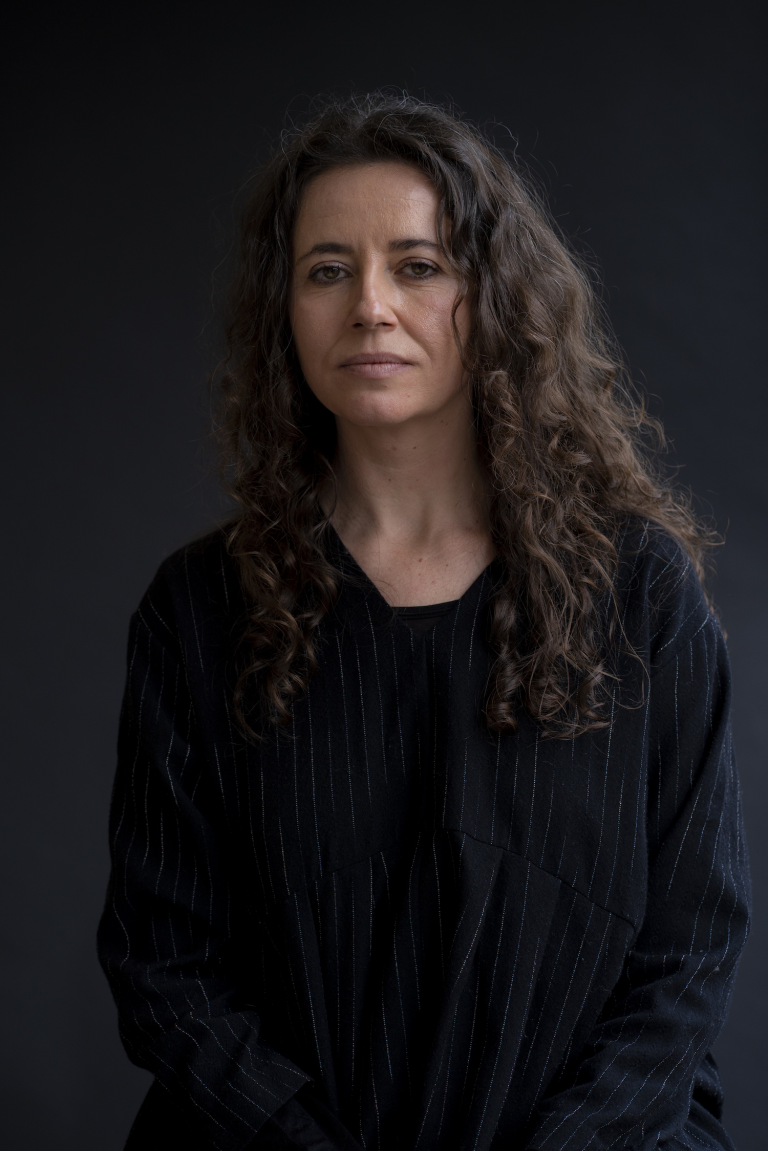
Gaia Tripoli
[Portfolio Reviewer | English, Italian]
Gaia Tripoli oversees the Times International photo department. She manages a team of photo editors based in 4 newsrooms on 3 continents, New York, London, Hong Kong and Seoul, working closely with staff and freelance photographers around the world to produce the Times’ international photographic coverage.
Before joining The Times, Gaia’s experience spanned from photo exhibits to working for Grazia Neri, one of Italy’s most renowned photo agencies, and photo editing for Amica, an Italian monthly magazine. She left Milan for Paris in 2011 to join the International Herald Tribune and has been based in London since 2017.
Photo Credit: Andrew Testa
For more information about instructors from previous Foundry events, please visit PhotoWings. They have photos, interviews, evening presentations, and Lessons In The Field content from each year.
